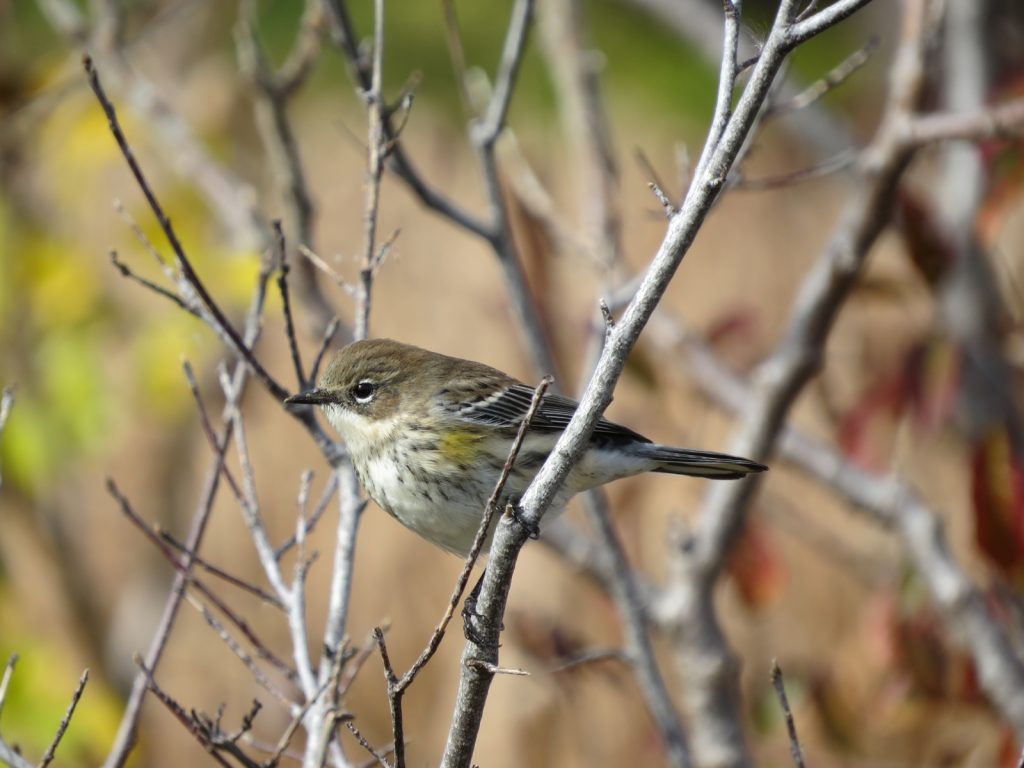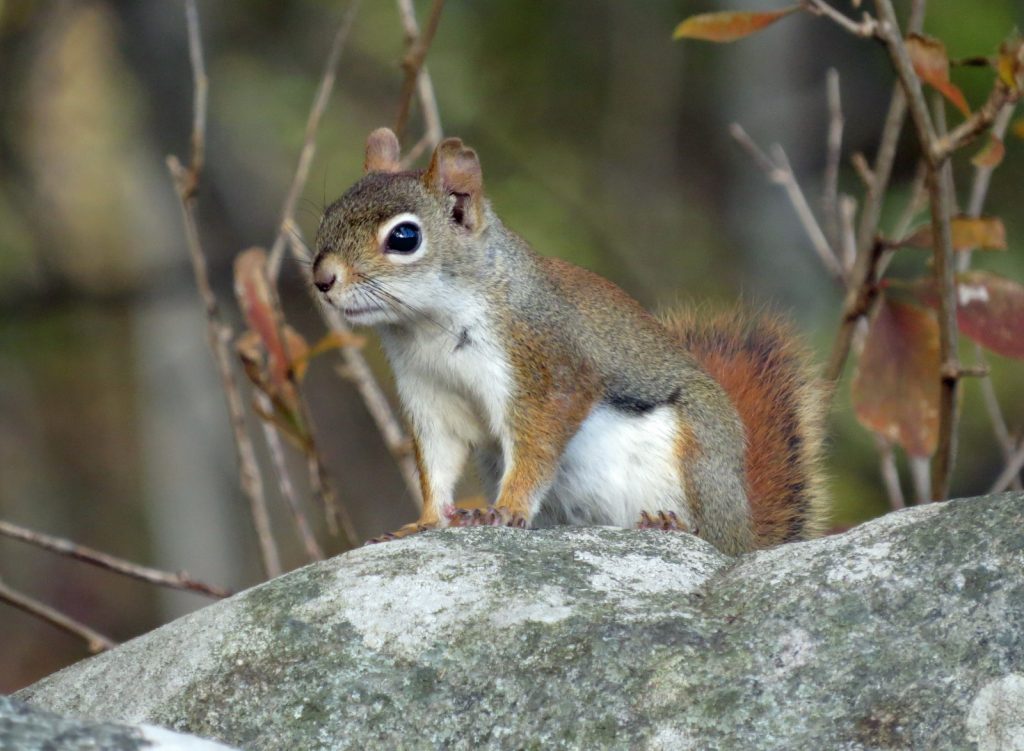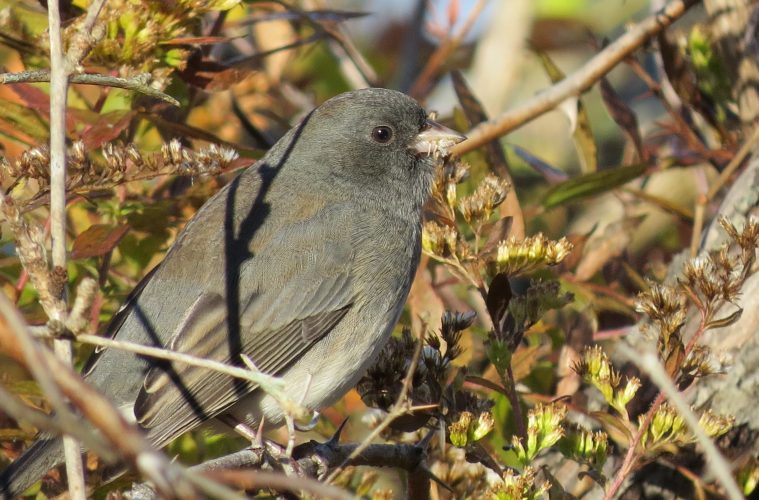It’s quickly becoming sweater weather around here! Kids are back to school, football season is starting, pumpkin-spice is back, and Halloween decorations and candy are lining the shelves in every store. And with the cooler weather comes a change in nature’s patterns—from bird migration to stunning fall foliage. Scott Santino, naturalist and camp director at Ipswich River Wildlife Sanctuary, one of Mass Audubon’s largest sanctuaries located in Topsfield, spoke to us about what to look for—from sea ducks and yellow-rumped warblers to red and gray squirrels—as autumn makes its way here on the North Shore. Here are five that we’ve rounded up:
1. Bird migration:
Shorebirds have been working down the coastline feeding in mudflats since late July and will continue into November.
Peak warbler and hawk migration is mid-September.
Dark-eyed Juncos show back up at the sanctuary’s feeders in early to mid-October.
Peak black bird migration is mid-October.
Large numbers of yellow-rumped warblers migrate in late-October.
Large numbers of sea ducks return to the Massachusetts coastline in November and stay for the winter.

Yellow-rumped Warbler. Photo taken by Scott Santino at Ipswich River Wildlife Sanctuary, Topsfield.
2. Squirrels
Red and gray squirrels chew acorns, hickory nuts, and pinecones leaving “middens” on stumps and at the base of trees.

Red Squirrel. Photo taken by Scott Santino at Ipswich River Wildlife Sanctuary, Topsfield.
3. Foliage
Deciduous trees show stunning fall foliage beginning in mid-October and continuing into late-October.
4. Goldenrods
Stunning fields of goldenrods provide pollen for a large variety of insects such as bees and butterflies.
5. Tree Crickets
The soothing chorus of tree crickets begins in August and continues until a frost arrives.
massaudubon.org/get-outdoors/wildlife-sanctuaries/ipswich-river

